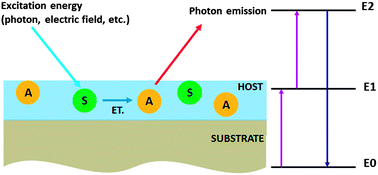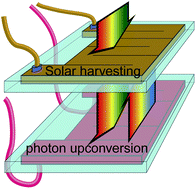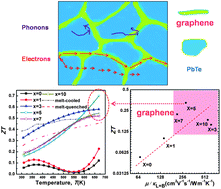An effective new sunscreen based on iron-doped hydroxyapatite (HAp)-based materials derived from cod fish bones, a by-product of the food industry, has been developed by scientists in Portugal.

Fish bones could be converted into a valuable product © iStock
Commercial sunscreens are usually based on materials like TiO2 and ZnO, which absorb UV to reduce its harmful effects on the skin. However, there are concerns regarding the potential toxicity of these materials and their adverse environmental effects when they accumulate in water supplies.
Interested? Read the full article at Chemistry World.
The original article can be read below:
Hydroxyapatite-Fe2O3 based material of natural origin as an active sunscreen filter
Clara Piccirillo, Catarina Rocha, David M Tobaldi, Robert Carlyle Pullar, Joao Antonio Labrincha, Marta Ferreira, Paula Castro and Manuela Pintado
J. Mater. Chem. B, 2014, Accepted Manuscript
DOI: 10.1039/C4TB00984C

















